Laowa has been producing lenses since 2013 and now has a vast collection, from cine lenses to landscape, to specialist lenses, and everything in between. These lenses are sharp and solid and cater to the ever-growing needs of photographers.
The Laowa 28mm f/1.2 promises to deliver stunning image quality, solid construction, and versatility for a range of genres including street, landscape, and portrait. So, does it meet the claims? We tested it to find out.
Build Quality
There's something about the packaging from Laowa lenses that I quite admire, which I can't quite put my finger on, but the solidness of the box construction is reflected in the lens, or is that the other way around? The lens is well-built, with solid metal construction, and is relatively compact in circumference considering the f/1.2 maximum aperture. Weighing in at 562 g, it's a heavy lens and not one I'd like to carry around all day long, but that doesn't make it a bad lens choice. To be honest, I did carry it around all day and never noticed the weight. This manual focus lens contains 13 elements in 7 groups and has an aperture range of f/1.2 to f/16, along with a minimum focusing distance of 50 cm. It measures 106 mm long, with a diameter of 68.5 mm, and the filter thread is 62mm.
This manual focus lens contains 13 elements in 7 groups and has an aperture range of f/1.2 to f/16, along with a minimum focusing distance of 50 cm. It measures 106 mm long, with a diameter of 68.5 mm, and the filter thread is 62mm. The detachable square lens hood is of metal construction and has a slide-on plastic lens cap, which, once in place, is locked solidly. It's a manual lens, so no data is transferred to the camera, although the focus peaking is still active, which I use quite extensively considering my eyes are not what they used to be.
The detachable square lens hood is of metal construction and has a slide-on plastic lens cap, which, once in place, is locked solidly. It's a manual lens, so no data is transferred to the camera, although the focus peaking is still active, which I use quite extensively considering my eyes are not what they used to be.  The markings on the lens are clearly defined and etched, and the friction on the focusing ring is smooth. The aperture ring clicks not so much audibly but has more of a gentle haptic feel to it. The aperture ring's knurling is evenly spaced out around the ring, and due to this, my fingers would slide at times. I would have preferred the knurling to be continuous to prevent this.
The markings on the lens are clearly defined and etched, and the friction on the focusing ring is smooth. The aperture ring clicks not so much audibly but has more of a gentle haptic feel to it. The aperture ring's knurling is evenly spaced out around the ring, and due to this, my fingers would slide at times. I would have preferred the knurling to be continuous to prevent this.
Performance and Handling
The minimum focusing distance is 50 cm, and this is accurate, as I did try to push it a little closer but with no result. Considering it's a full frame focal length of 28mm, it's not the type of lens you would usually choose to shoot close subjects anyway. Finding focus is quick and easy thanks to the dampened friction of the focus ring, and I only missed focus a couple of times, which is down to photographer error. Each aperture setting worked as expected, and at f/1.2, the shallow depth of field really stands out. The images above only show a small range of aperture settings, and the image below should provide you with an idea of how narrow the field of focus is at f/1.2.
Each aperture setting worked as expected, and at f/1.2, the shallow depth of field really stands out. The images above only show a small range of aperture settings, and the image below should provide you with an idea of how narrow the field of focus is at f/1.2.
With a few shots taken inside under controlled single light, it was time to test the lens on a walkabout.
I mention the weight frequently, but it does go unnoticed once you are out and about shooting. With this and the all-metal construction, it feels like a premium lens and performs like one. I am just used to light kit with the X-T5, but I thought it worth pointing this out. The images the lens produces are sharp. Finding focus is quick, although my eyes let me down on one or two occasions, as in the example below, where I thought the farthest away lantern was in focus and not the vent on the wall.
Chromatic aberration is there but not in all the images. It shows mainly in shots taken at f/1.2 against a bright background, so, in all honesty, it is to be expected. However, this was very easily and quickly corrected in Lightroom.
The lens produces sharp images at all apertures, but I found it peaked at f/5.6 - f/8, and so, a majority of the photos here were shot between these apertures. Edge and corner sharpness is well controlled and showed very minimal if any softness, which I was very impressed with considering the retail value of the lens. I would have no hesitation in using the lens for a multitude of subjects.


Pros
- Sharpness.
- Solid build quality.
Cons
- Lack of EXIF data: I'm personally not a fan of writing down the information.
- The weight might be a hindrance for some.
- The accompanying lens hood on really bright days. The shallow depth of the hood allows for lens flare.
Conclusion
Considering the price of the lens there are other options out there, which are often of narrower apertures, lighter, and have autofocus, you have to weigh what is important to you. I really enjoyed my time with the lens. It's sharp throughout, performed great, and is of a solid construction. Would I choose this over the aforementioned Nikon 28mm simply because of the difference in stops? My honest answer is no, and that is not a disservice to the Laowa lens in any way at all. It's simply that others offer more in terms of flexibility and budget for my photographic needs.
I've been fortunate to try other Laowa lenses and on other systems. Each one excels in sharpness and solid construction. The extra stops obtained with these lenses can provide some extra creative freedom when shooting. Each time, however, I am always left with the idea that if only this had autofocus, I would want it, but that's just my preference.
Laowa produces some excellent lenses for different mounts, and if you are familiar with them, you will be aware of this. If you want to find out more about this lens in particular, you can find it here.



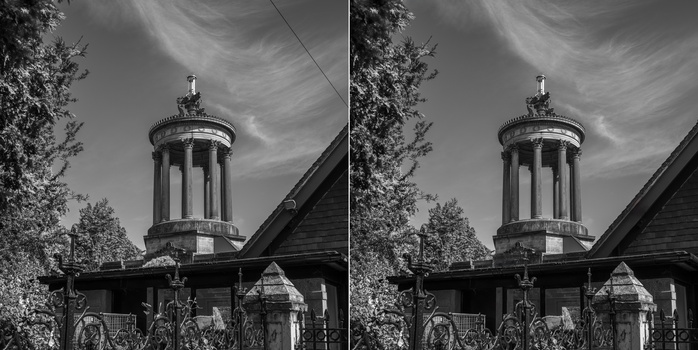
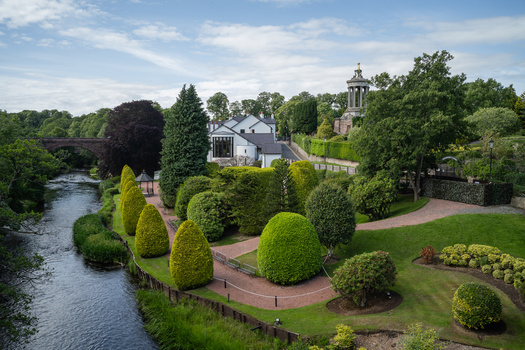
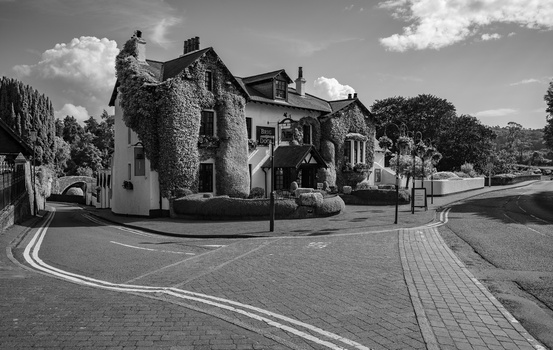
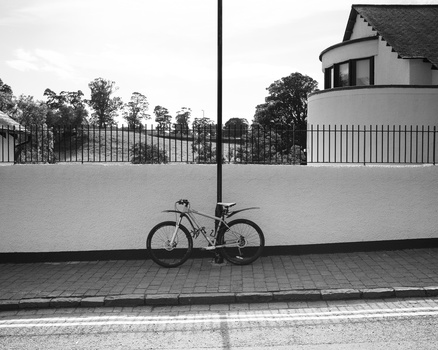
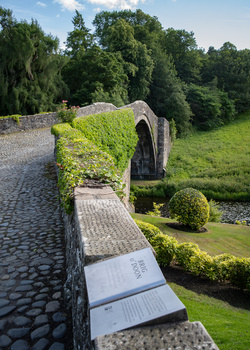









Does this lens breath?
I’m a 28mm fan and search out unique looks and quality character in a lens . Some are perfect some are not so much but the image has a special character to it . I’m going to check into this lens more just because it’s an f/1.2 .